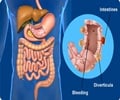Fewer resources like recreational programs, parks and access to grocery stores appear to have a greater impact on the nation's childhood obesity rate than race.
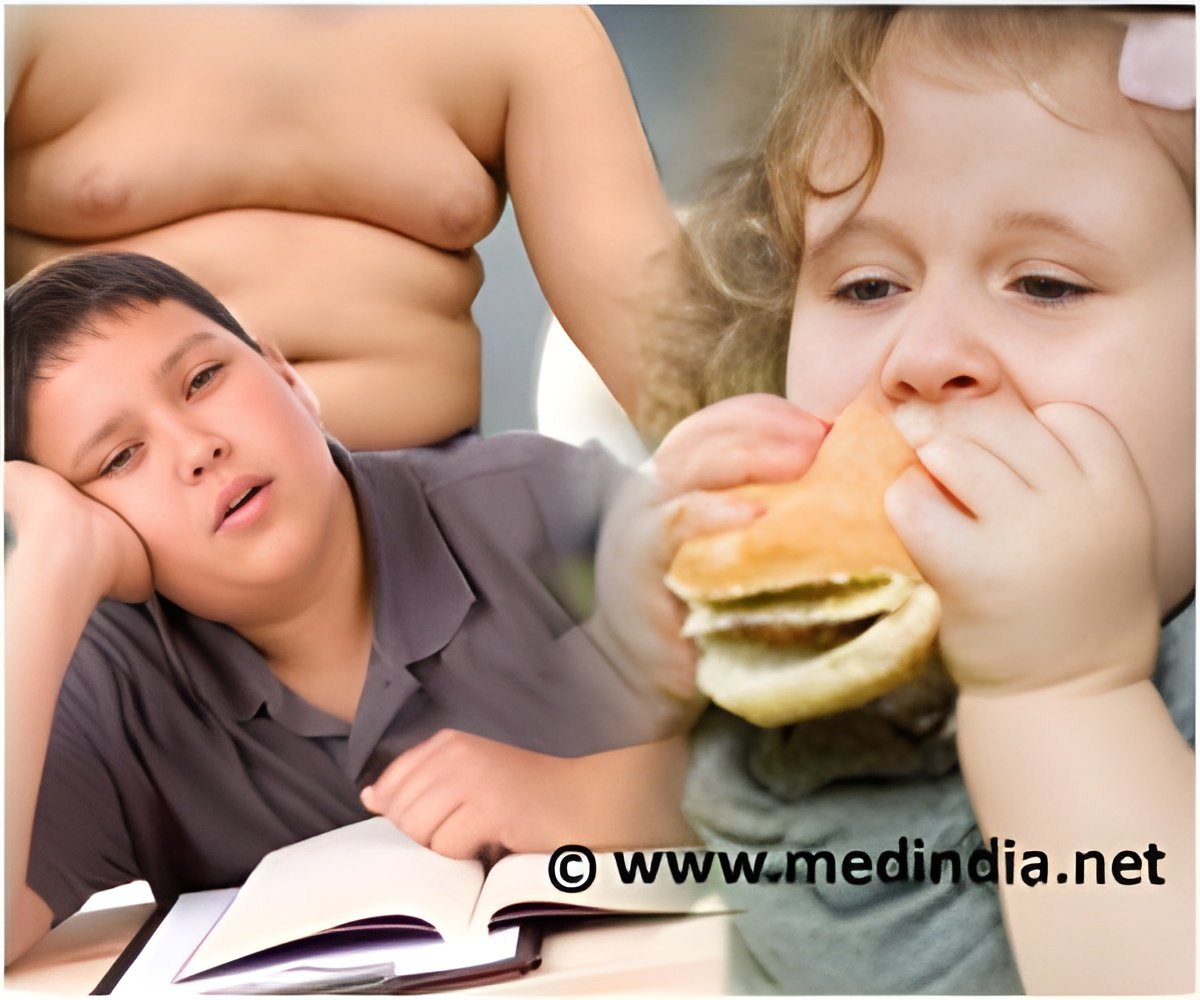
TOP INSIGHT
In low-income communities where places to play and supermarkets may be scarce, it can promote consumption of low nutrition and fast food and little to no physical activity, leading to childhood obesity.
Authors concluded that fewer resources like recreational programs and parks and access to full service grocery stores appear to have a greater impact on the nation's childhood obesity rate than race.
Senior author Kim A. Eagle, a cardiologist and director at the University of Michigan Frankel Cardiovascular Center said, "The findings reveal differences in the inequalities in the physical and social environment in which children are raised. It illustrates that race and ethnicity in communities may not have a significant connection to obesity status once the community's income is considered."
In low-income communities where places to play and supermarkets may be scarce, it can promote consumption of low nutrition and fast food and little to no physical activity, authors say.
Among the school districts for every 1% increase in low-income status there was a 1.17% increase in rates of overweight/obese students.
To correlate community rates of childhood obesity with lower-income status, the percentage of students who were overweight or obese was compared with the percentage of students in each district who was eligible for free and reduced price lunch, transitional aid or food stamps.
"The battle to curb childhood obesity is critically tied to understanding its causes and focusing on the modifiable factors that can lead to positive health changes for each and every child," Eagle says.
Obesity rates among adults and children in the United States have steadily risen in the past few decades. About 18.4% of 12-19-year-olds are overweight or obese and childhood obesity often continues into adulthood.
There's a 70% chance that an overweight adolescent will remain overweight or obese as an adult, and in the short run, obesity can lead to cardiovascular risk factors such as high blood pressure, high cholesterol, and abnormal glucose tolerance or diabetes.
Grass roots efforts are changing the tide in children's health status. Project Healthy Schools, which was founded by Eagle 10 years ago in collaboration with public and private partners, teaches sixth grade students the importance of making healthy food choices and reducing time spent watching TV and video games.
Following the program students had lower levels of cholesterol and other blood fats.
"Ultimately, bottom-up neighborhood, school, and community engagement and education, and top-down legislative actions that will support healthier choices for adults and children, are needed to battle this health crisis," Eagle says.
Source-Eurekalert
 MEDINDIA
MEDINDIA
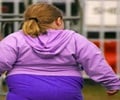

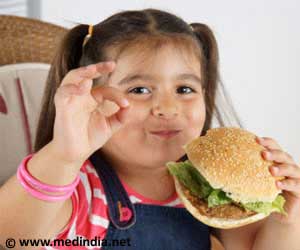
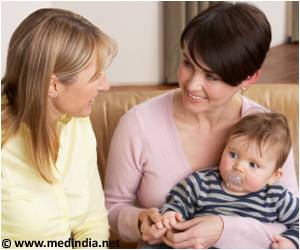
 Email
Email
